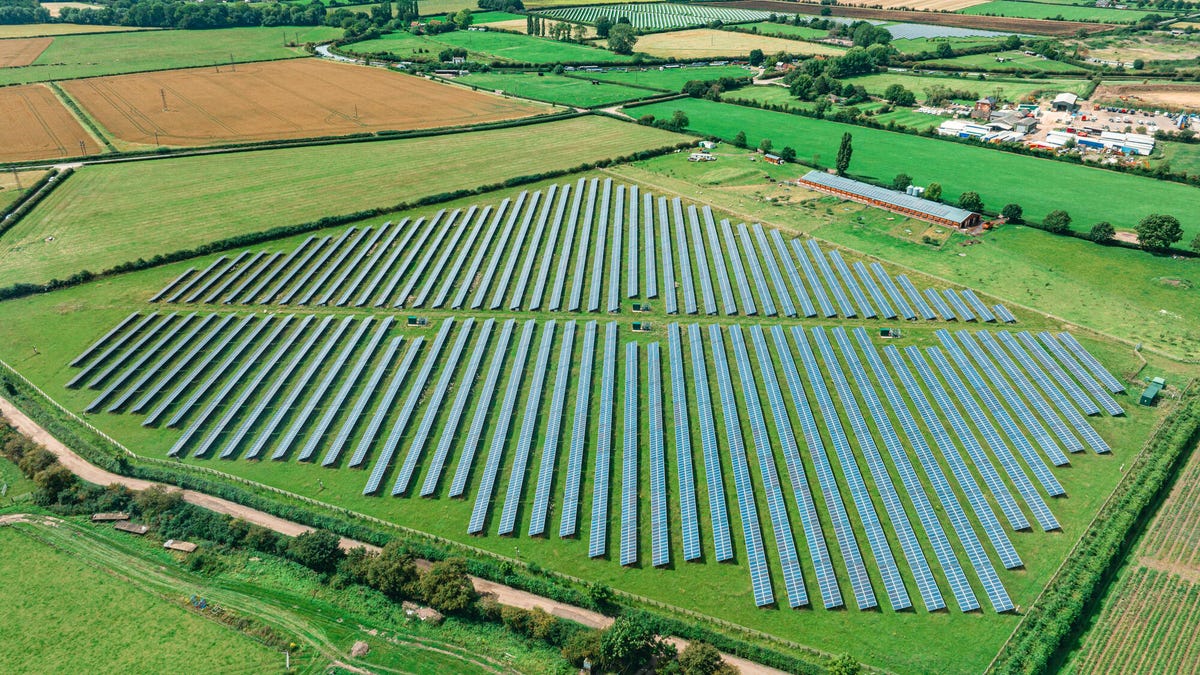If you are unable to afford solar panels, there is still an opportunity to go green with solar power, provided you live in the right location. Community solar offers a way to subscribe to power generated from a large solar array or farm in your utility’s service area. These projects are often initiated by utilities, but in some cases, they may be operated by a third party. States that require a portion of their energy mix to come from locally sourced community solar typically have more programs available.
The federal government has allocated funding for programs through the Inflation Reduction Act, with a focus on making it easier for low- and middle-income households to benefit from initiatives that reduce monthly energy expenses. Recently, $7 billion in federal grants were awarded for Solar for All programs nationwide, with plans to implement programs in all 50 states and some US territories.
It is important to note that not all community solar programs may reduce your energy bill, as some utility-initiated programs could actually increase costs. Therefore, it is crucial to research the local program and understand the potential expenses involved.
The Solar Energy Industries Association estimates that 6.5 gigawatts of community solar have been installed in the US, with projections for this capacity to double in the next five years. Community solar projects can vary in size and location, such as panels placed over parking lots, brownfield sites, or warehouse roofs.
Subscribers to community solar programs benefit from cheaper renewable energy, supported by subsidies and incentives from local, state, and federal governments. Many states have implemented laws to enable and promote community solar programs, with Florida, Minnesota, New York, and Massachusetts leading in terms of capacity.
Joining a community solar program is typically a straightforward process of contacting a provider working with your local utility, providing account information, signing a contract, and arranging payment. Credits from community solar programs may appear as discounts or rebates on your monthly utility bill, resulting in potential savings.
While community solar offers benefits such as reducing carbon emissions, lowering energy bills, and providing income for landowners, there are also considerations to be aware of, such as potential pricing disparities in certain regions and billing complexities. Overall, community solar presents an accessible and environmentally friendly option for individuals who are unable to install solar panels themselves.

